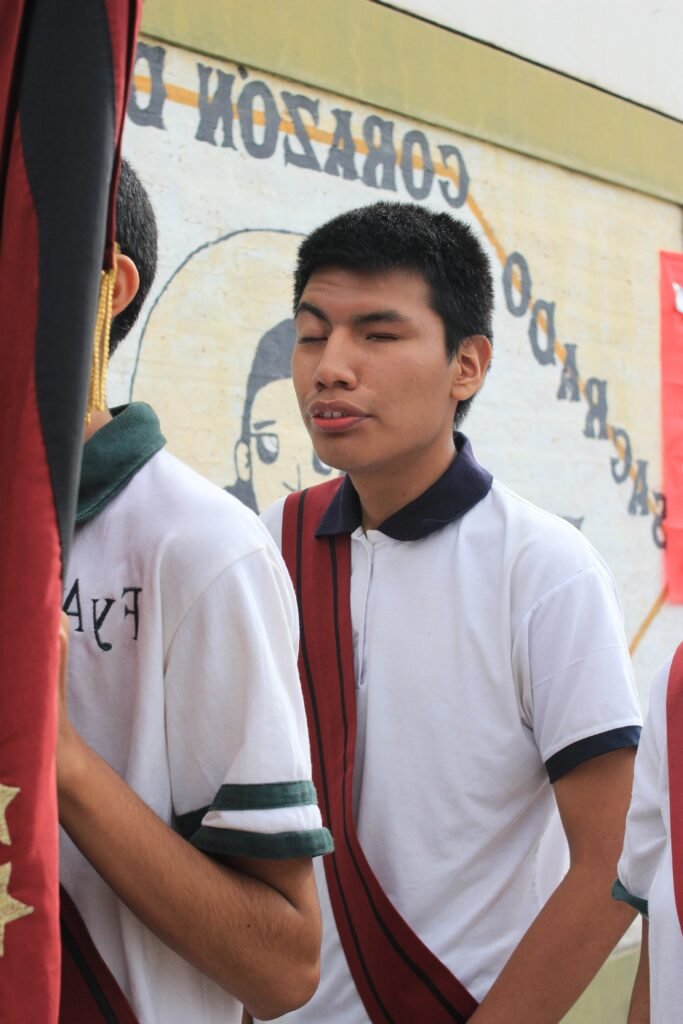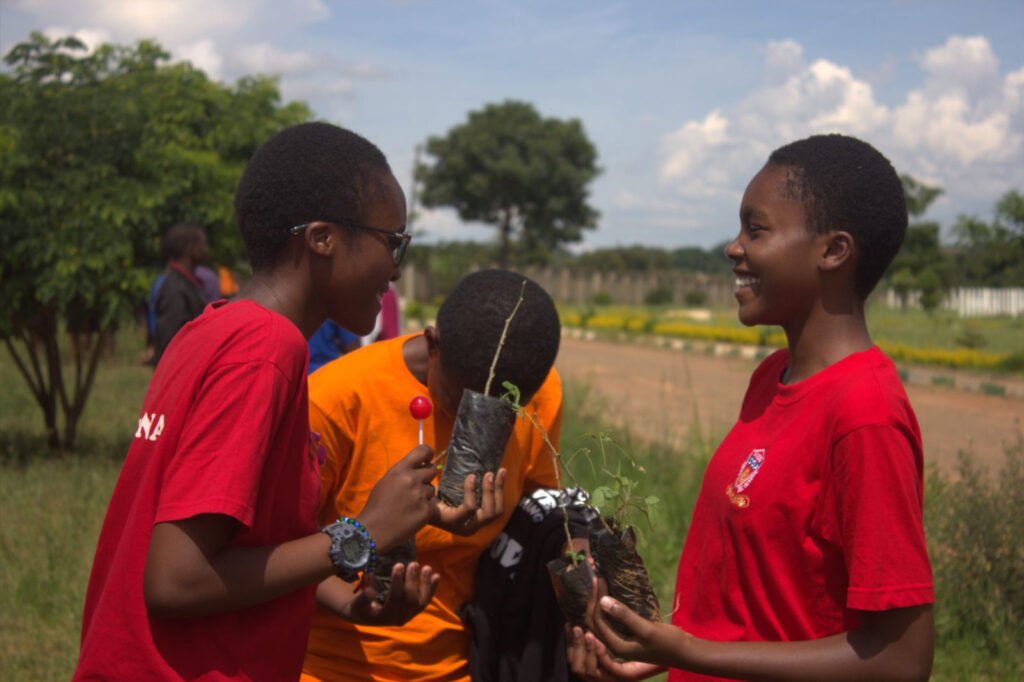The theoretical view on migration
Talking about migration with our eyes on Central America has different implications. In this territory, we can see migration from the theoretical and investigative aspects and analyze the profiles of migrants and how they have changed from the ’80s, nowadays, showing a high representation of young people and women. We can also understand migration from migratory flows and dynamics that are experienced in the region. Noting that although the territory only has 522,762 square kilometers, it introduces a SOUTHERN flow, from Nicaragua as the country of origin, to Costa Rica and Panama, as destinations. On the other hand, Honduras, El Salvador, and Guatemala have a NORTHERN flow, bound for the United States and Mexico. Likewise, we can find migratory movements that range from transnational migration to internal forced displacement and return. So, when we talk about Central American migration, we are presented with an issue as broad as the ability of Central Americans to dream of a better future.
In Central America, we also find migration that is not discussed from a theoretical perspective, from academia, but rather, from the depersonalization of the subjects of migration, as numerical data. Maybe when saying numbers instead of names, it hurts less, because for Central America migration is a human movement born in the guts of social inequality, lack of respect for human rights, despair, fear, and hunger.
Beyond theoretical aspects of migration
This American territory traversed by post-war economic crises, dictatorial governments, organized crime, climatic phenomena … terrible structural violence, is the perfect breeding ground for root causes of migration. It is the space where the dream of migrants is born, the utopia of many Central American citizens, the cause of insomnia or nightmare of relatives who remain. In Central America, people are migrating to save their lives, to have a chance! Yes, an opportunity to live away from violence, or to have a job that allows their family to eat, study and have basic dignity.
From the outside, It may be difficult to imagine what could motivate a Honduran mother to leave the “safety of her country” to cross the dangerous territories of Guatemala and Mexico on foot with her children in her arms to reach the United States … from the outside, it may seem reckless for a 26-year-old to hide in the fuselage of an airplane and stowaway exposing his life to reach the United States … perhaps in the eyes of those who live in other latitudes, the hundreds of minors unaccompanied heading to North America are nothing more than a reflection of the lack of responsibility of parents. However, those of us who live in this territory know that each conjunctural situation worsens the already precarious economy of Central Americans. In 2020 we faced a pandemic that continues to extend the failures of the health system of our countries, impacting more to those who are already vulnerable. In the same year, the storms ETA and IOTA hit Central America, making a large part of the Honduran population homeless. All of this leaves us with no possibility of dreaming of a life in our land, our homes.
For those who see the dynamics of the human movement of Central America from the other side, it is necessary to humanize your gaze and ask yourselves: How desperate must a mother be to decide to migrate with her children in her arms, in such risky conditions, on foot, and with no money? What is happening in a country, so that this mother is only one of the thousands who walk in a caravan? What level of anguish must a young person have to get into the fuselage of a plane at the risk of being crushed by the landing gear? What is happening in a country, so that someone risks dying to live?
To see the migrations beyond the numbers and the data is to go in our minds to those cardboard, sheet, and plastic houses and imagine a mother and her children praying at night with a father and husband who is now “a migrant, another number.” It is to imagine eating one last meal with him, maybe a coffee with bread or an omelet and salt, and feeling the lump in your throat because of his departure. It is knowing the overwhelming loneliness of a departure filled with uncertainty, and the great debt acquired with coyotes. It is letting him pursue the dream of a better life for all, without knowing if he will end up like the victims of the Tamaulipas massacre that mourned the town of Comitancillo San Marcos, in Guatemala, or the 166 victims of the recent tragedy that occurred in Chiapas on December 9.
After celebrating the international Human Rights Day on December 10, and today as we celebrate the International Day of Migrants … let us be aware that the deaths and injuries in the Chiapas tragedy are nothing more than the cry of Central America saying that in the matter of human rights there is nothing to celebrate.
We ask ourselves, what can be done? Specifically, as we approach Christmas. Remember the text of the Bible Matthew 25 verses 31:46, remember that being human is wonderful, reach out to the migrant, see him with eyes of compassion and love, give him a glass of water, live the culture of hospitality, it is what makes us human.









